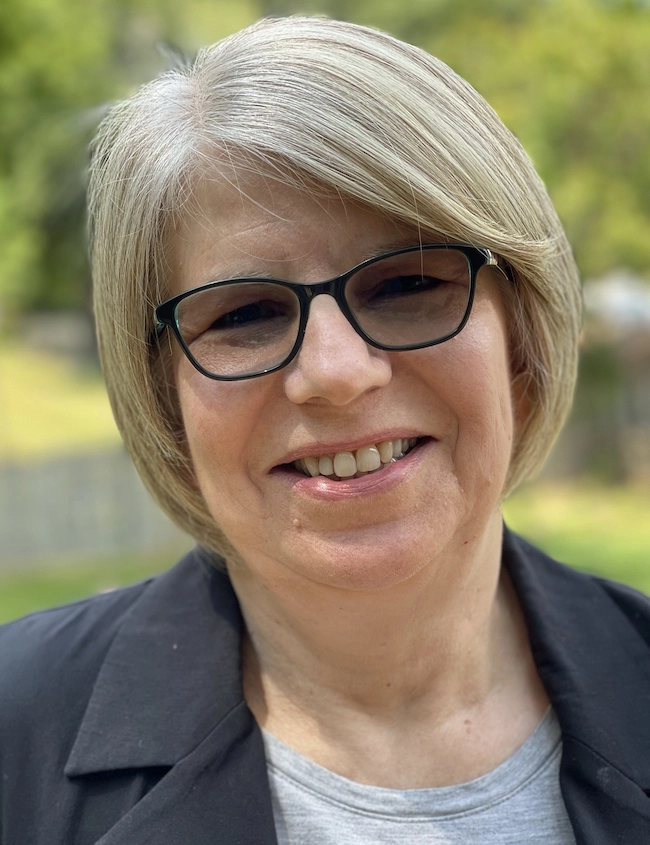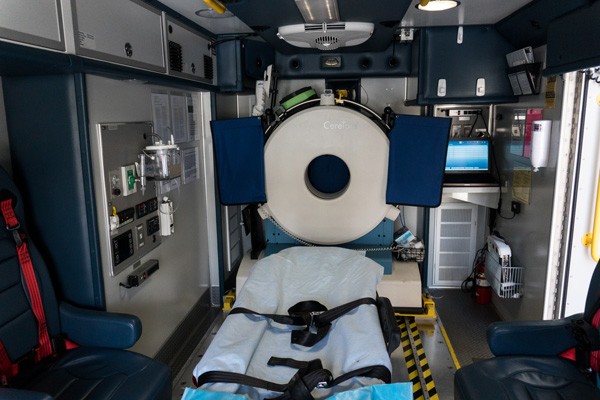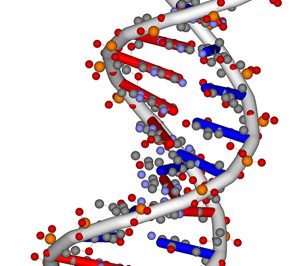Tag
stroke
-
Brain care score may help pinpoint risk of dementia, stroke
Following a list of 12 steps to modify physical, lifestyle and social components of health could help older people improve…

-
•
Van offers faster stroke diagnosis, treatment
PHOENIX – Stroke victims who have only minutes to get treatment before their brains are permanently damaged are getting help…

-
Researchers identify new genetic stroke risk factors
One of the largest analyses of stroke factors ever conducted is providing scientists with new clues to identify stroke mechanisms…

-
•
Men without caregivers at greater risk for nursing home placement following stroke
Male stroke survivors over age 65 may be three times as likely to end up in a nursing home within…

-
•
Potassium intake linked to stroke risk in older women
Postmenopausal women who eat foods higher in potassium are less likely to have strokes and die than women who eat…

-
Does this state make my butt look big?
A study published this month in the journal Obesity reports that the largest percentage of obese people in the United…

-
•
Researchers share work on regeneration, reconstruction #ahcj13
In a Health Journalism 2013 panel focused on research taking place in regenerative medicine, Dany Adams, Ph.D., an associate research…

-
•
Doctors certified to use strokebuster don’t
The Milwaukee Journal Sentinel‘s John Fauber used data from the Joint Commission to discover that a clot-busting drug that could…





